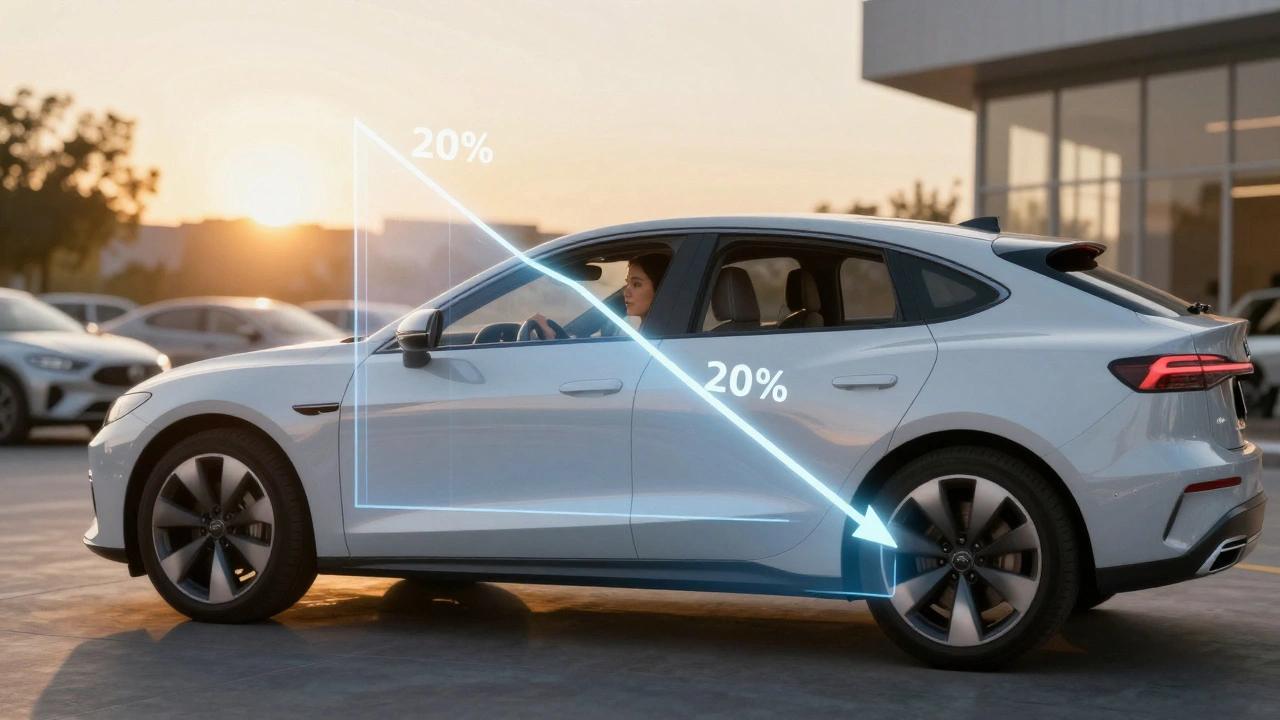Transportation Future: What’s Coming Next on the Road
Ever wonder what your daily commute will look like in a few years? The answer is a mix of silent electric rides, cars that drive themselves, and parts that are built to be kinder to the planet. Below we break down the biggest shifts and give you practical tips on how to stay ahead.
Electric Vehicles Take the Lead
Electric cars are no longer a niche hobby. Prices have dropped, charging stations are popping up at malls and workplaces, and many governments are offering tax breaks. If you’re thinking about swapping your gas guzzle for an EV, start by checking the range you actually need. Most drivers get under 200 miles a day, so a 250‑mile battery is plenty.
When you shop for an EV, look for a model with a fast‑charging option. Plug‑in‑fast‑charge (DC) can refill a battery to 80% in 30 minutes – great for a coffee break. Also, compare warranty coverage on the battery pack; a solid eight‑year or 100,000‑mile guarantee can save you headaches later.
Self‑Driving and Smart Cars
Autonomous tech is moving from test tracks to city streets. Many new cars now include driver‑assist features like lane‑keep, adaptive cruise, and traffic‑jam assist. These aren’t full‑self‑driving yet, but they already cut fatigue on long trips.
If you want a car that’s ready for the next level of autonomy, prioritize models with over‑the‑air (OTA) updates. OTA lets the manufacturer add new features or improve existing ones without a dealer visit. Think of it like your phone getting new apps that make it smarter.
While the hype can be loud, remember that safety still depends on you. Keep software up to date, stay alert, and understand the limits of each assist system.
Beyond EVs and autopilot, the transportation future is also about greener materials and smarter parts. Recycled aluminum, bio‑based plastics, and 3‑D‑printed components reduce waste and can lower the cost of repairs. When you need a replacement part, ask the retailer if it’s made from sustainable materials—many suppliers now label “eco‑friendly” options.
Finally, think about how you charge or fuel your ride. Home charging stations cost about $600 and can be installed in a day. If you live in an apartment, look for communal chargers or partner with nearby businesses that offer public EV spots. For hybrids, keep an eye on the fuel‑economy rating; a small increase in MPG saves money and emissions over time.
Bottom line: the transportation future isn’t a far‑off sci‑fi scenario. It’s happening now, with electric powertrains, smarter driver aids, and greener parts becoming the norm. By picking the right vehicle, staying on top of software updates, and choosing sustainable components, you’ll be ready for the roads of tomorrow while saving money today.

Evolution of Automobiles: Timeline, Key Innovations, and Future Trends
From Benz to EVs and autonomy-see the car’s timeline, breakthroughs, safety and emissions milestones, and what’s next. Clear, data-backed, and easy to skim.




